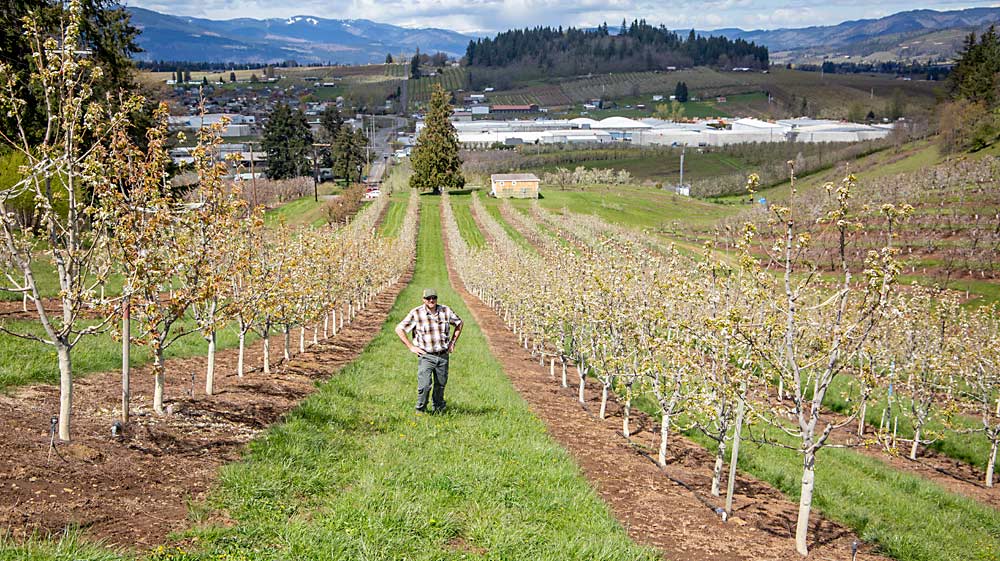
Aubrey Davis points to one of his family’s pear blocks. There are Starkrimsons on one row edge, Anjous on the other side. Bartlett and Bosc also populate the field.
The Davis family in the Hood River Valley of Oregon is at a crossroads. Aubrey and his brother, Nathan, the fifth generation of pear growers, are taking a more active role in farm management and looking for ways to modernize without breaking the bank.
They have about 85 acres of tree fruit and are replanting a little at a time, replacing older trees with newer varieties tree by tree. The goal is to keep up with a changing industry but avoid heavy debt, increase density without trellises and brace for the future without gambling it away. That’s what the fourth generation, Aubrey’s father and his uncle, taught.
“Do it in the most economical way so you don’t put yourself under a big debt load,” Davis said of his family’s philosophy.
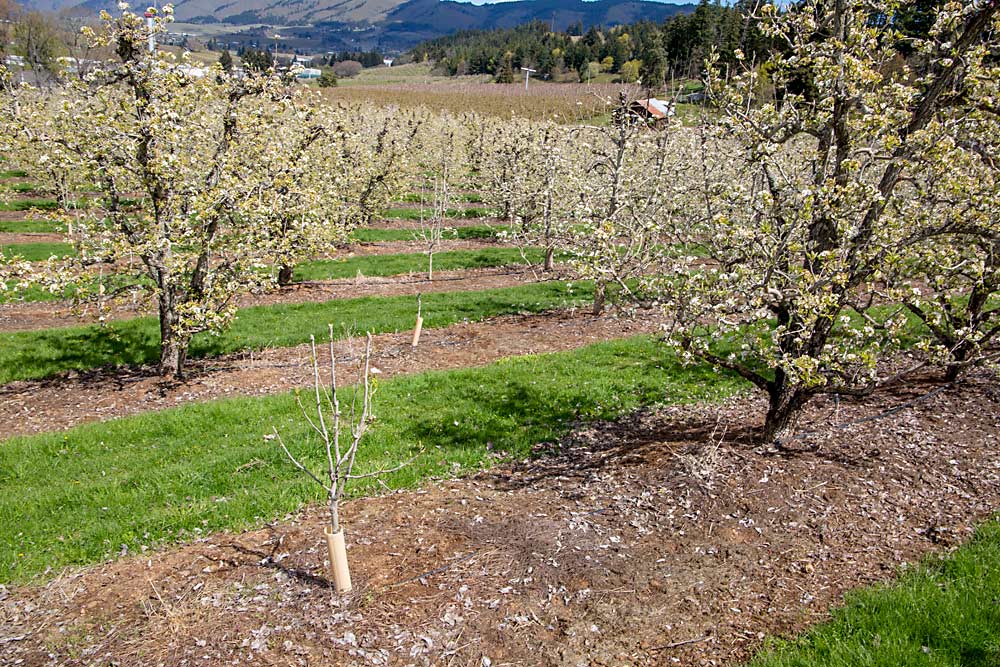
The family has a few new uniform blocks, but they also have a patchwork of trees within older blocks. For example, on one hillside, fourth-leaf Golden Bosc trees are dwarfed by Anjous and Bartletts dating back to the 1970s and 1980s. In another area, a row of 15-year-old Bartletts bisects eight rows of 6-year-old Green Anjous.
The checkerboard creates management hassles, Davis said. His family calls harvest the “rat race,” and the individual trees require individualized spraying and fertilization.
“Come Bartlett thinning time, if you have a rear sprayer, you almost get blisters on the end of your fingers by flipping your booms on and off, back and forth,” he said.
Their piece-by-piece, interplanted style runs counter to the advice of Clark Seavert, an Oregon State University agricultural economist known for advocating high-risk borrowing to maximize revenue instead of containing loss. He calls it “playing to win” as opposed to playing to not lose.
However, Seavert has seen approaches like the Davis’ work just fine.
“I’m not saying it can’t work, but they’re probably missing a lot of opportunity,” Seavert said.
The key is for growers to manage that variability, which the Davis family does. Irrigate, fertilize and spray the small trees differently than the large ones? Check. Prune away some large canopy to allow more sunlight for the young trees? Check.
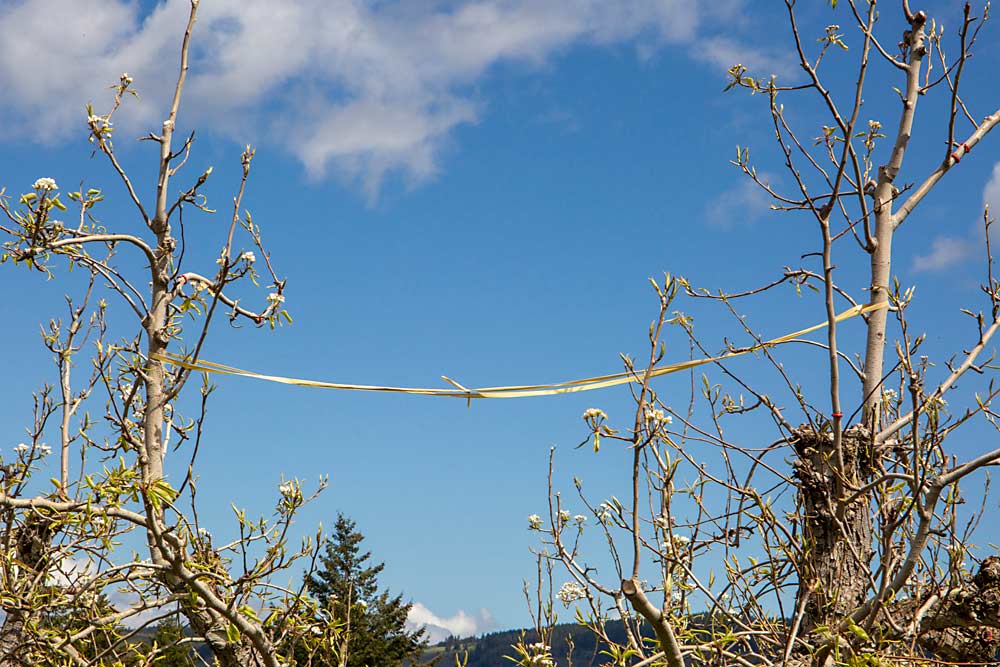
Seavert compared the current-day pear industry to the cherry game years ago, when there was a brining market that offered stability and few hot, expensive varieties to warrant wholesale replanting. Pear breeders have released new varieties, but they have yet to command high returns, and pear processing prices are relatively healthy right now. Meanwhile, high costs for supplies make major orchard construction unattractive.
The pay-as-you-go method also works better on relatively small family farms where labor can be spread over many tasks, he said. The Davis farm fits that description, too. The Davises use their diversity to maintain year-round work for their full-time crew of 12, though they normally hire 27 seasonal employees for harvest.
Seavert recommends growers in similar situations take hard looks at the mathematics before deciding whether to replant just a tree or a whole orchard.
“Just push the pencil and be objective,” he said.
The Davises always do so.
Little-by-little is not their only approach, either: Five years ago, the Davises planted 3 acres of Bartletts at 18- by 12-foot spacing. Next door is a 2-year-old block of Bartletts and Bosc with 16-foot rows. The Bartletts are at a 7-foot tree spacing. The company also has taken out one block of mixed Red and Green Anjous to replace it with Green Anjous at 10-foot tree spacing.
And they have stopped planting a single row of pollinizer trees, opting for four-and-four or four-and-two layouts to ease management and harvest.
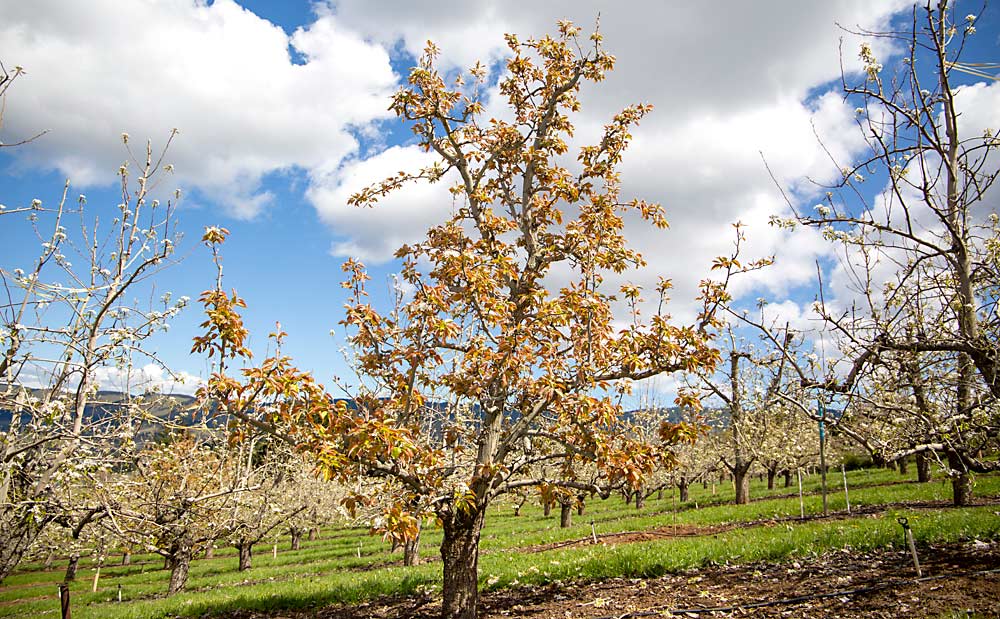
They still don’t use trellises and have not yet sought platforms, partially due to their steep hills, but they have pushed tree density higher overall.
Also under consideration: variety change. The Davises are interested in the new variety Gem but haven’t yet found the right spot. They also have removed almost all of their Newtown Pippin apples, which Davis said he grew up with.
Neither have they brought in H-2A workers, but they have talked about it with their packers, Duckwall Fruit in Odell for pears and Mount Adams Fruit in Bingen, Washington, for cherries.
The changes are enough to give Aubrey Davis a lot to look forward to.
“I’m kind of glad I’m optimistic about it,” he said.
—by Ross Courtney

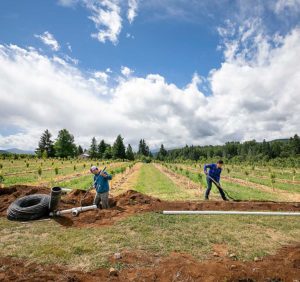
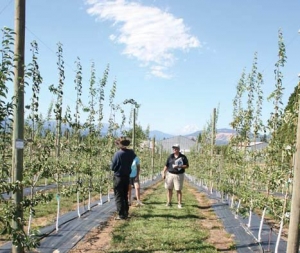
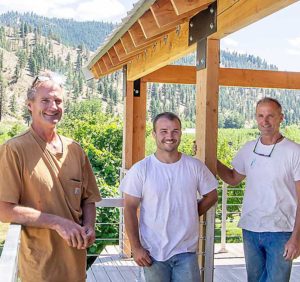





Leave A Comment